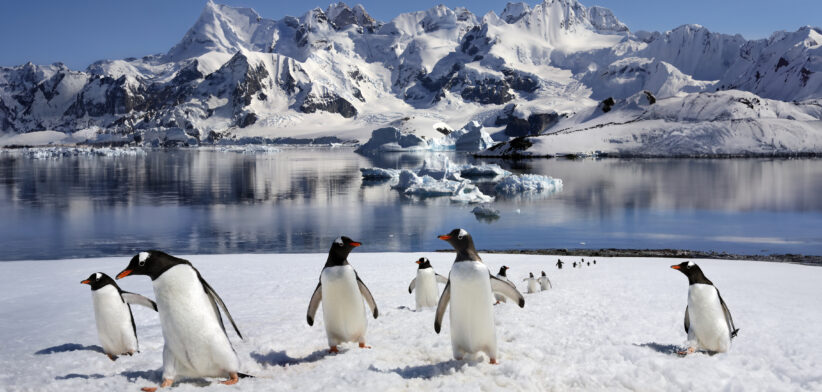Scientists have discovered that high levels of “slush” sitting on Antarctica’s ice shelves could mean sea level rises from climate change have been underestimated.
Using a machine learning model, the researchers found that in the peak of the Antarctic summer in January, 57 percent of all meltwater on the ice shelves was held in slush.
This put the levels of meltwater 2.8 times greater than standard climate models.
The research, led by the University of Cambridge, was reported in the latest Nature Geoscience journal. The researchers said the findings “could have profound implications for ice shelf stability and sea level rise”.
“As the climate warms, more meltwater is formed on the surface of ice shelves, the floating ice surrounding Antarctica which acts as a buttress against glacier ice from inland,” the research report said.
“Increased meltwater can lead to ice shelf instability or collapse, which in turn leads to sea level rise.”
Study lead author Rebecca Dell said satellite imagery was used to map meltwater lakes across Antarctica but it was hard to map slush because it looked like other things, such as shadows from clouds, when viewed from a satellite.
“But using machine learning techniques, we can go beyond what the human eye can see and get a clearer picture of how slush might be affecting ice in Antarctica,” Dr Dell said.
“I was surprised that this meltwater was so poorly accounted for in climate models. Our job as scientists is to reduce uncertainty, so we always want to improve our models so they are as accurate as possible.”
“In future, it’s likely that places in Antarctica that currently don’t have any water or slush will start to change. As the climate continues to warm, more melting will occur, which could have implications for ice stability and sea level rise.”
More details are on the University of Cambridge website








